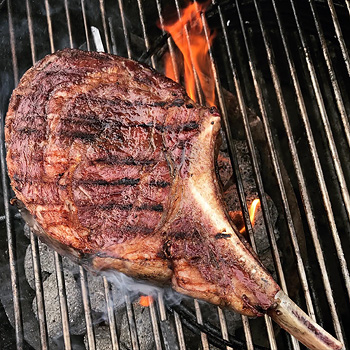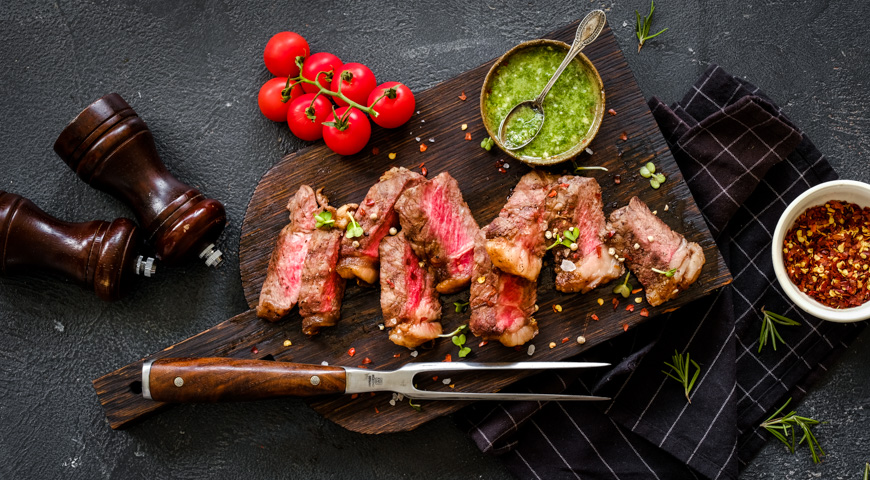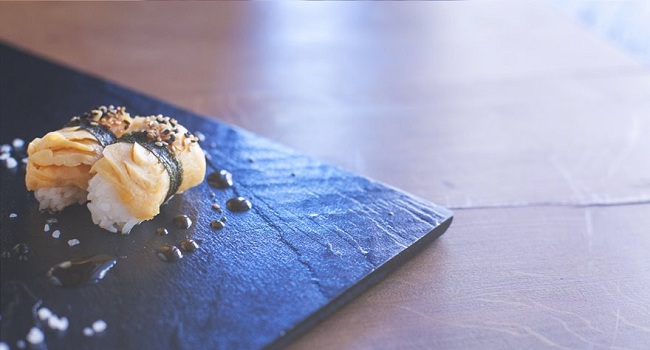These tips are sure to help you cook the tastiest fish ever! 🙂

- The fish is easier to peel if the hard fins are cut off with scissors or a knife first.
- When boiling fish that smells like mud, you need to add a little spicy herbs and spices to the water.
- To prevent the fish from falling apart during frying, it must be salted 10-15 minutes before the start of heat treatment.
- Fish fried in breadcrumbs looks more appetizing than fish fried in flour, but inside it is not fried enough. Therefore, in order to bring the fish to full readiness, it is necessary to put it in a preheated oven for a short time.
- If the broth prepared for jellied fish turns out to be cloudy, it can be clarified with egg white. To do this, it is enough to pour the protein into the chilled broth, stir, heat to a boil and hold for 15 minutes over low heat. Then let it settle and carefully, without shaking, strain the broth through a napkin.
- Do not cook the fish over high heat: otherwise it will become tough, and the broth will become cloudy.
- The fish will be tastier if you fry it in a mixture of sunflower oil and butter (both equally). Do not cover the pan – and the pieces will be covered with a crispy appetizing crust.
- Herring will be very tender and juicy if, after cutting, it is soaked for 40 minutes in milk or in tea infusion.
- Boiled fish will be very tender if fresh milk is poured into boiling water.
- Fish fried in foil is very tasty and juicy. The fish should be peeled, washed, salt, spices, wrapped in foil and placed in a preheated oven.











